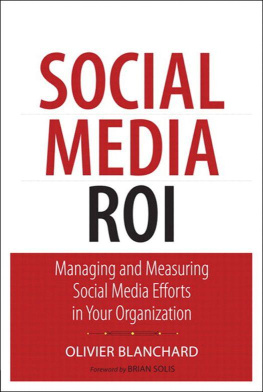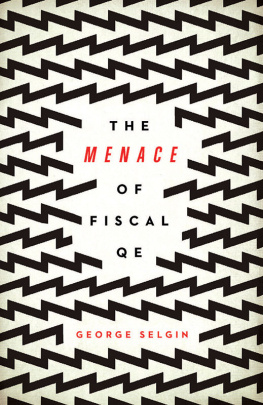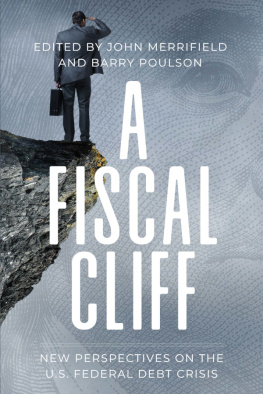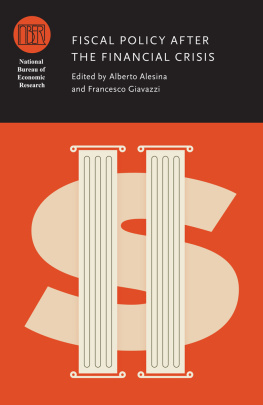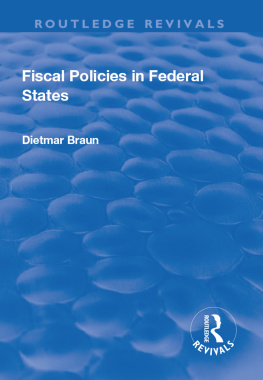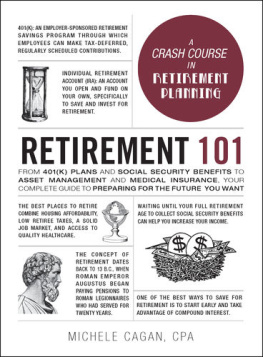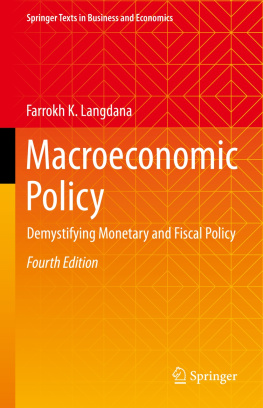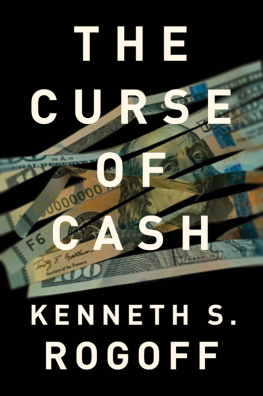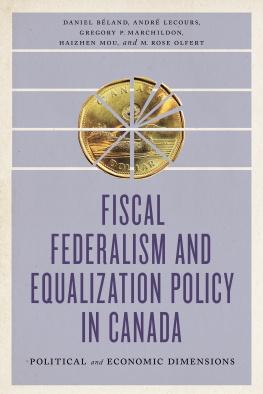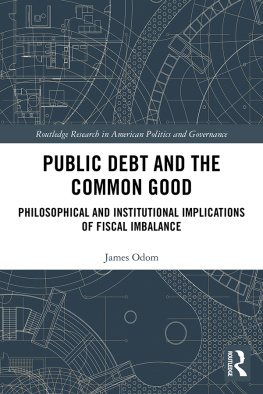Contents
List of Figures
List of Tables
Guide
Pagebreaks of the print version
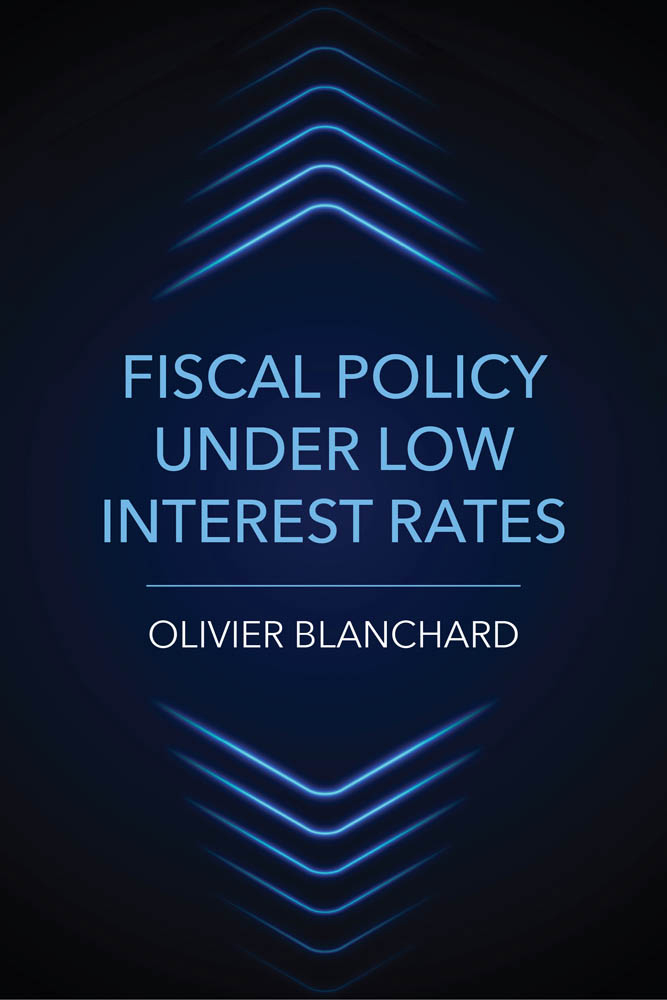
Fiscal Policy under Low Interest Rates
Olivier Blanchard

The MIT Press
Cambridge, Massachusetts
London, England
2022 Massachusetts Institute of Technology
This work is subject to a Creative Commons CC-BY-ND-NC license.
Subject to such license, all rights are reserved.

The MIT Press would like to thank the anonymous peer reviewers who provided comments on drafts of this book. The generous work of academic experts is essential for establishing the authority and quality of our publications. We acknowledge with gratitude the contributions of these otherwise uncredited readers.
Library of Congress Cataloging-in-Publication Data
Names: Blanchard, Olivier (Olivier J.) author.
Title: Fiscal policy under low interest rates / Olivier Blanchard.
Description: Cambridge, Massachusetts: The MIT Press, [2022] | Includes bibliographical references and index. | Summary: A guide for fiscal policymakers in advanced economies to understand the appropriate policy response to an environment of high national debt and low interest ratesProvided by publisher.
Identifiers: LCCN 2022017741 (print) | LCCN 2022017742 (ebook) | ISBN 9780262544870 (paperback) | ISBN 9780262372756 (epub) | ISBN 9780262372961 (pdf)
Subjects: LCSH: Fiscal policy. | Social policy. | Interest rates. | Debts, Public.
Classification: LCC HJ192.5.B53 2022 (print) | LCC HJ192.5 (ebook) | DDC 332.4/15dc23/eng/20220804
LC record available at https://lccn.loc.gov/2022017741
LC ebook record available at https://lccn.loc.gov/2022017742
d_r0
To Bob Solow
Contents
- List of Tables
- Debt, deficits, and interest rates
- Probabilities that nominal interest rates will be less than a given value in 5 or 10 years, as of January 2022.
List of Figures
The determination of the neutral rate
The determination of the neutral rate; an alternative representation
Safe rates, risky rates, and the risk premium
US, Euro, Japan 10-year real rates, 19922020
Safe real rate since 1325
US 10-year real rate and forecast 10-year real output growth rate since 1992
Gross saving rate: high income, upper middle income, and world
Safe real rate and expected real rate of return on equity
Individual and aggregate consumption
Life expectancy and total wealth
Ratings and debt ratios
Distribution of the change in the debt ratio
The Cathedral of Avila
The scope for multiple equilibria
The evolution of the spread between Italian and German 10-year bonds since the start of 2020
Consumption as a function of capital, golden rule, and dynamic inefficiency
Rates of return to capital
Attitude toward debt reduction versus output stabilization, G20, and IMF
Output gap versus change in cyclically adjusted primary balance
Japan primary balance
Price, wage inflation, and commodity inflation 2019 Q1 to 2021 Q3137
Preface
When the facts change, I change my mind. What do you do, sir? (This statement is usually attributed to Keynes, but without hard proof that he actually said it.) This book was indeed triggered by facts changingnamely, by the steady decrease in real interest rates that started in the mid-1980s. Over time, I came to the conclusion that this was a fundamental change, one that was likely to last, although not without bumps along the way (and I shall come back to those in the book). And that this change forced us to rethink the role of fiscal and monetary policy.
The purpose of this book is to focus on the implications of low rates for fiscal policy, to review the theory and the evidence, and to draw practical implications for policy in advanced economies today.
My target readers are primarily policy-makers and their staff who have to navigate complex waters over the coming years. They are the ones that I want and need to convince. The main challenge in discussing fiscal policy is the widely held and nearly religious belief that public debt is very bad. You can see this book as an attempt to take a richer and more balanced position. Not to love debt, but to understand when and how to use it.
The book is more of an essay than a treatise. There are still many questions to which I do not have a full answer, and some to which I am not even sure I have the right answer. The discussion covers a wide range of complex and often unsettled macroeconomic issues, from dynamic inefficiency to the source of the equity premium, the way quantitative easing works (or does not work), the nature of sudden stops, and the size of multipliers. I have tried to identify the zones of uncertainty or disagreement. I have tried to explain things simply in the text, being more precise in the boxes: some readers may find the treatment too difficult and others, too superficial. So be it.
One final remark added as I read the galleys in June 2022. I finished writing the book at the end of 2021. Since then, inflation has increased, and central banks are increasing nominal rates. Real rates are still extremely low, but they will increase further. As the readers will see, I had largely anticipated these evolutions, and explained why I thought they might lead to a temporary bump in rates but with a return to low real rates after that. I stand by these conclusions.
Thanks are due to an unusually large number of people.
First, I must mention my coauthors on fiscal policy issues throughout the years: Giovanni DellAriccia, Rudi Dornbusch, Stanley Fischer, Jason Furman, Francesco Giavazzi, Alvaro Leandro, Daniel Leigh, Roberto Perotti, Jean Pisani-Ferry, Arvind Subramanian, Takeshi Tashiro, Angel Ubide, and Jeromin Zettelmeyer. Special thanks are due to Larry Summers; our discussions over nearly five decades have been always illuminating.
Second, I extend thanks to the many people who have offered suggestions and made comments on the first draft of the book: Silvia Ardagna, Agns Bnassy-Qur, Lorenzo Bini-Smaghi, John Cochrane, Peter Diamond, Carlo Favero, Joe Gagnon, Olivier Garnier, Vitor Gaspar, Jose de Gregorio, Martin Hellwig, Patrick Honohan, Gerhard Illing, Bas Jacobs, Larry Kotlikoff, Arvind Krishnamurthy, Paul Krugman, N. Greg Mankiw, Philippe Martin, Atif Mian, Emi Nakamura, Maury Obstfeld, Roberto Perotti, Jean Pisani-Ferry, Adam Posen, Jim Poterba, Xavier Ragot, Klaus Regling, Ricardo Reis, Chang Yong Rhee, Antonio Spilimbergo, Coen Teulings, Paul Tucker, Angel Ubide, Annette Vissing-Jorgensen, Etienne Wassmer, Christian von Weizsacker, Jakob von Weizsacker, Ivan Werning, and Charles Wyplosz. Special thanks to David Wilcox, who read the manuscript line by line and made it much better.
Third, I thank many of my colleagues from the Peterson Institute for International Economics who agreed to be part of a reading group. In addition to those already cited, the reading group included Jacob Kirkegaard and Madi Sarsenbayev, together with Michael Falkenheim, Kyoung Mook Lim, and John Seliski, from the Congressional Budget Office and Raphael Espinosa and Daniel Leigh from the International Monetary Fund. I also thank the two anonymous referees who reviewed the book for MIT Press.


